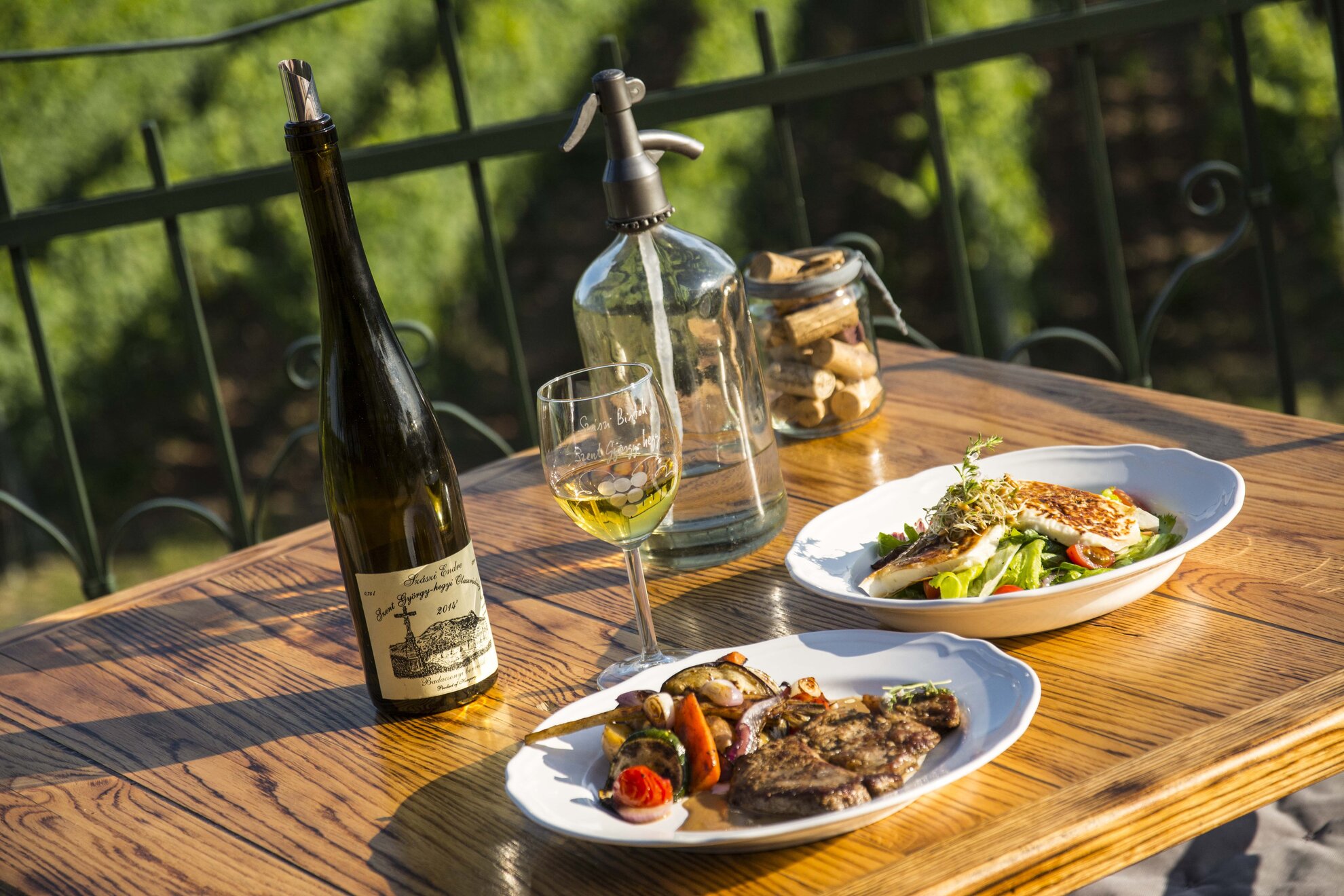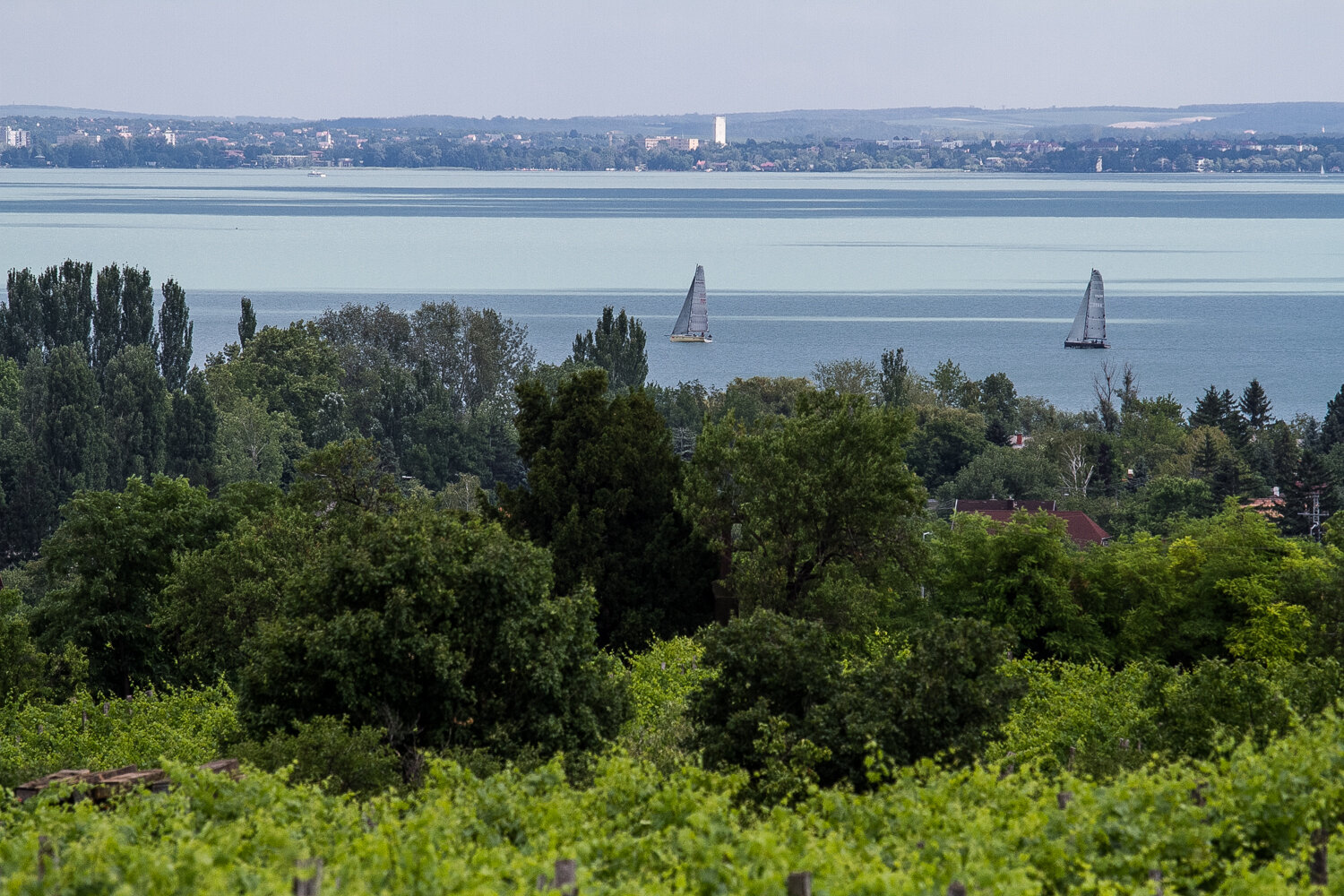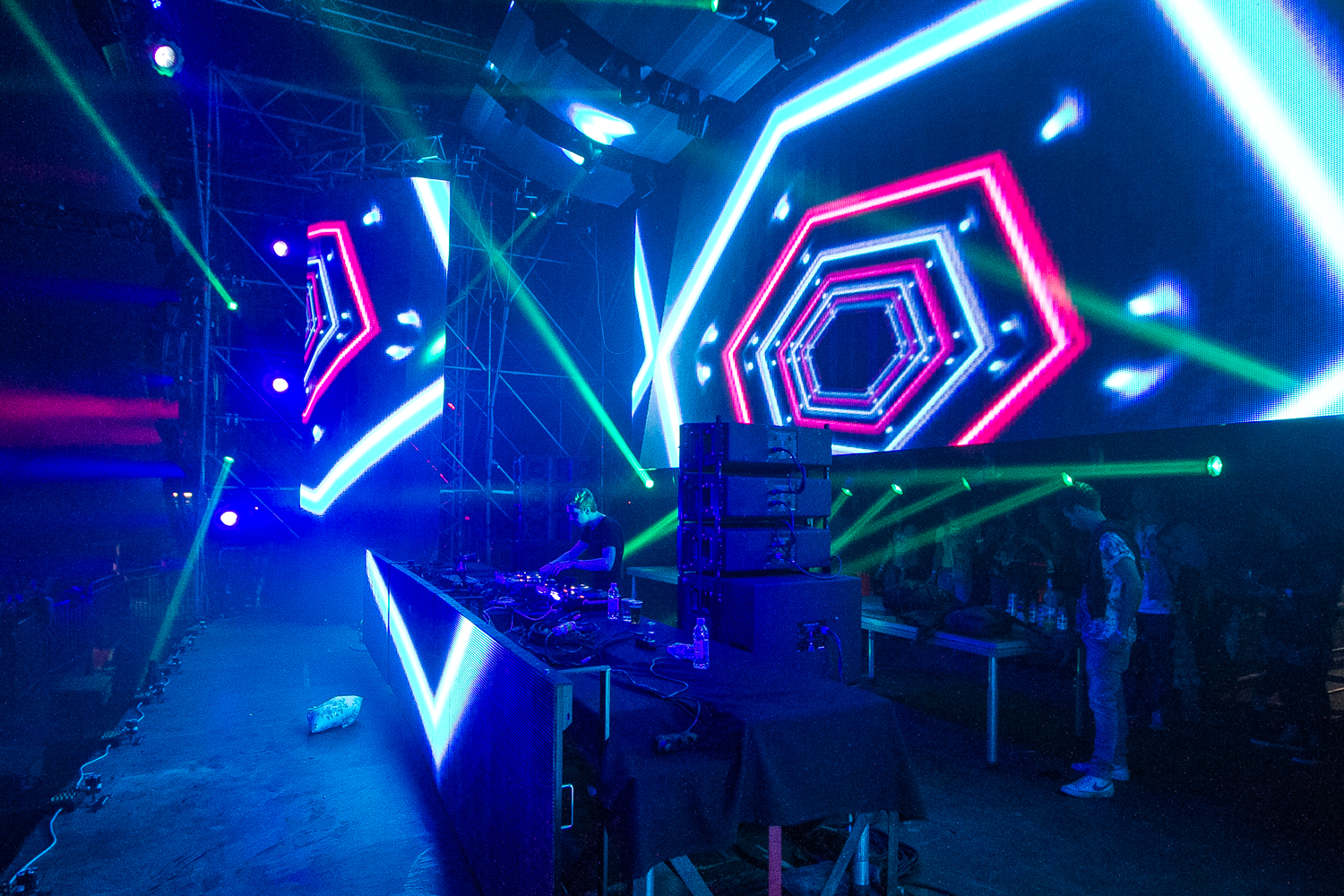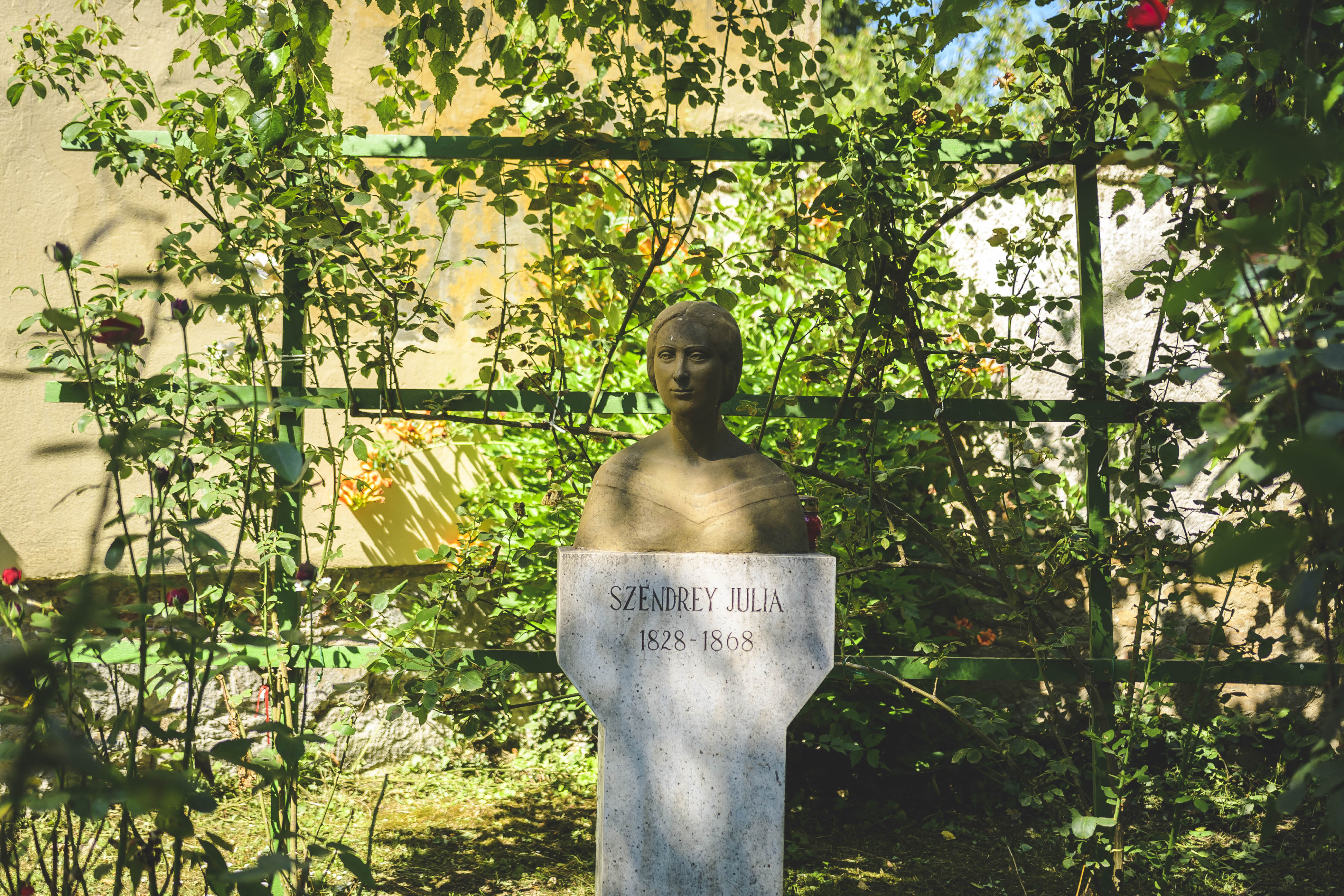The Hungarian government has recently reached a decision about a total of 312.5 billion forints of subsidies, allocating 288 billion forints of EU funds to the Balaton region for the budgetary period 2014-2020. Two questions remain: what could these resources be sufficient for, and how can they be used to achieve noticeable, comprehensive progress? All parties have applauded the move, seeing it as a potential tool to break away from the summer-beach-lángos stereotype. We caught up with some catering business owners from the north shore to ask them what they would spend the money on.
The managing team of Csopak’s Márga Bistro, with Jani Deli at the helm, would first and foremost expand the summer season, which is no more than a short, two-month period at present. They say Balaton has the potential to be a four-season phenomenon, admitting, however, that the region would need top-quality catering establishments and hotels as well as the proper infrastructure to achieve this aim. Even though the center of the region is Balatonfüred, there are plenty of smaller townships within a few kilometer radius (like Csopak and Paloznak) that are far less crowded, but offer the same quality of entertainment and relaxation, as demonstrated by the gastro map they teamed up with a bunch of eateries from the area to create this fall (see below).
Transportation services need to be improved dramatically to help visitors get from one venue to the next – the single taxi available at present cannot meet the current needs of the area. The enhancement of public transport would be key as well: a lot more tourists would choose Balaton as a weekend getaway destination if they could stay in Csopak, for example, and tour the wineries, bistros and restaurants nearby without having to worry about finding their way back to their hotel.
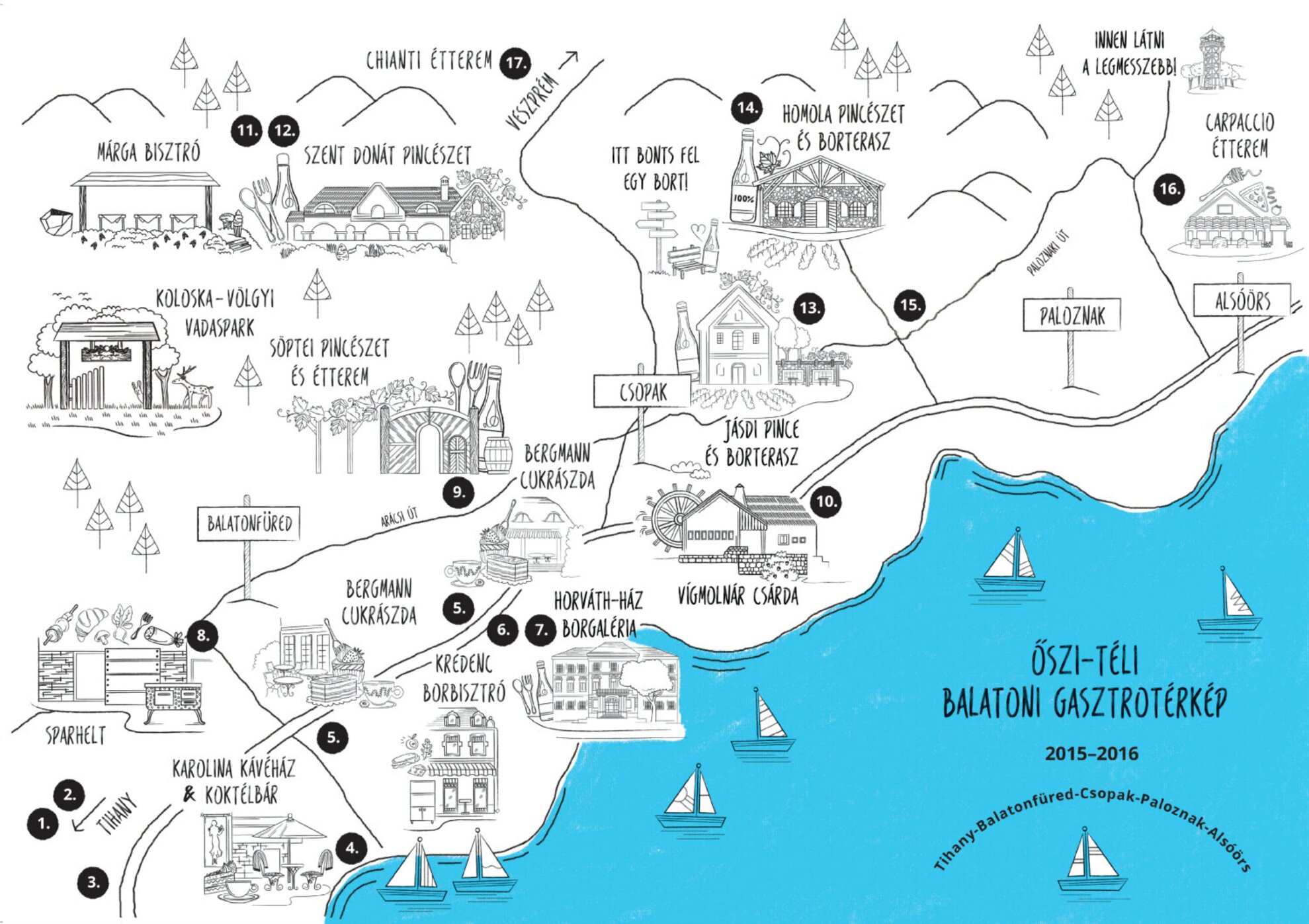
Szabolcs Homola, the owner of Homola Winery and Sáfránkert Restaurant, and the organizer of the northwestern region’s renowned Jazz Picnic, would shine the spotlight on Paloznak, north of Balatonfüred. He thinks rural tourism could play an important part in boosting visitor numbers at Balaton – one could choose to spend a few relaxing days at any of the surrounding, quite villages when all the busy lakeside towns have filled up.
He sees local family-run pensions and guesthouses as the driving force of the rejuvenation process, as an intriguing event selection can only work in combination with excellent places for accommodation. Other elements he thinks are essential for improving Balaton tourism include good wines, a lot more high-quality restaurants, smaller concerts and personalized experiences. The Homola team is of the opinion that meaningful change can only be brought about if the business owners of the region join forces to make Balaton an attractive year round destination. That would require a clear, common marketing strategy, though.
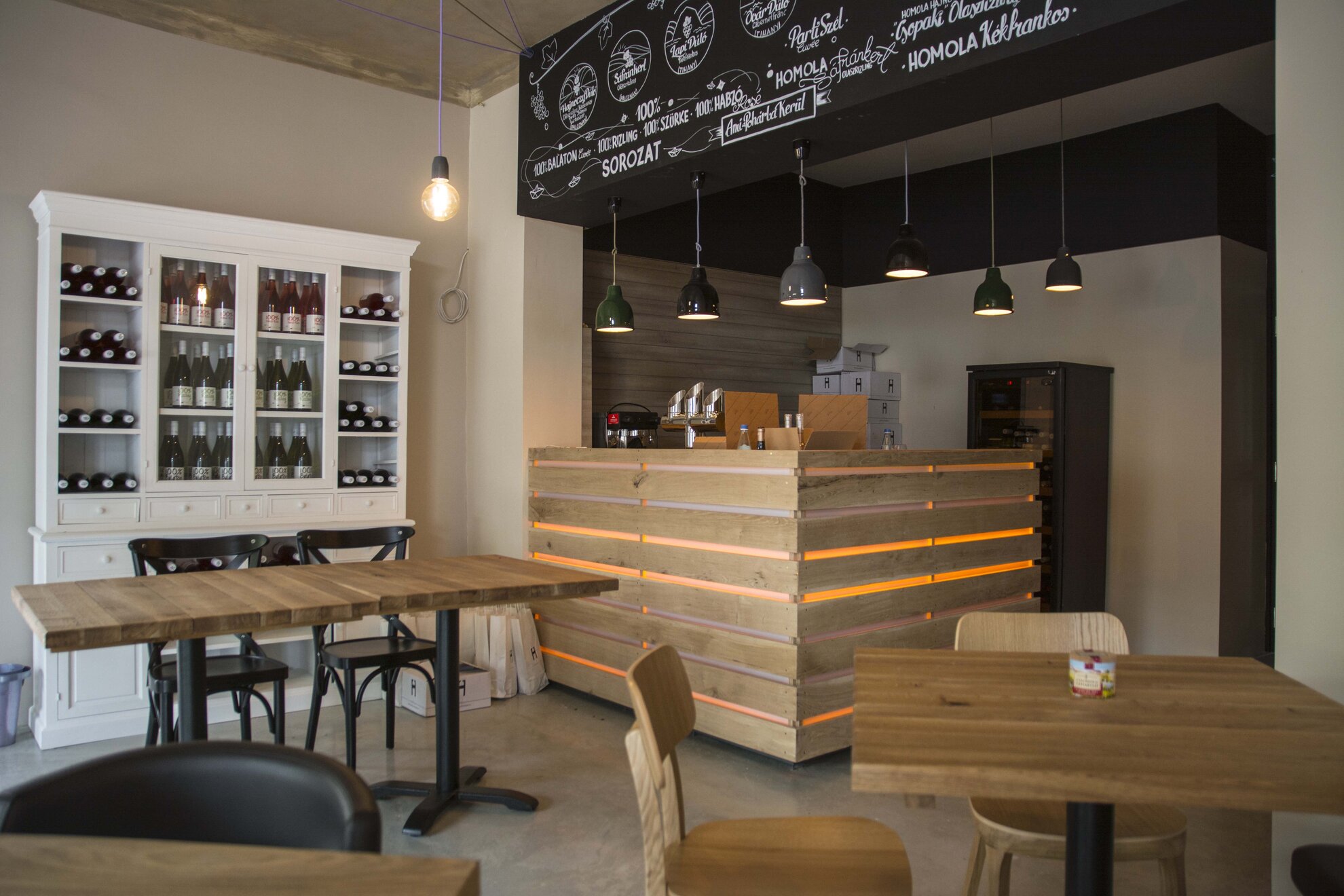
Ákos Peleskey has been busy creating a new image for Balaton with Tihany PIAC Marketplace. He would cast his vote for a strict, carefully devised concept because he doesn’t believe in an effective way of integrating the various attempts of lakeside locations into a comprehensive regeneration scheme.
Ákos Peleskey is thinking large-scale. He says both the roads and the regional airport should be part of the enhancement project, but the minimum requirement for improvement would be a common aim for the townships and entrepreneurs involved: that is, the desire to create a new, modern Balaton region in line with traditional values.
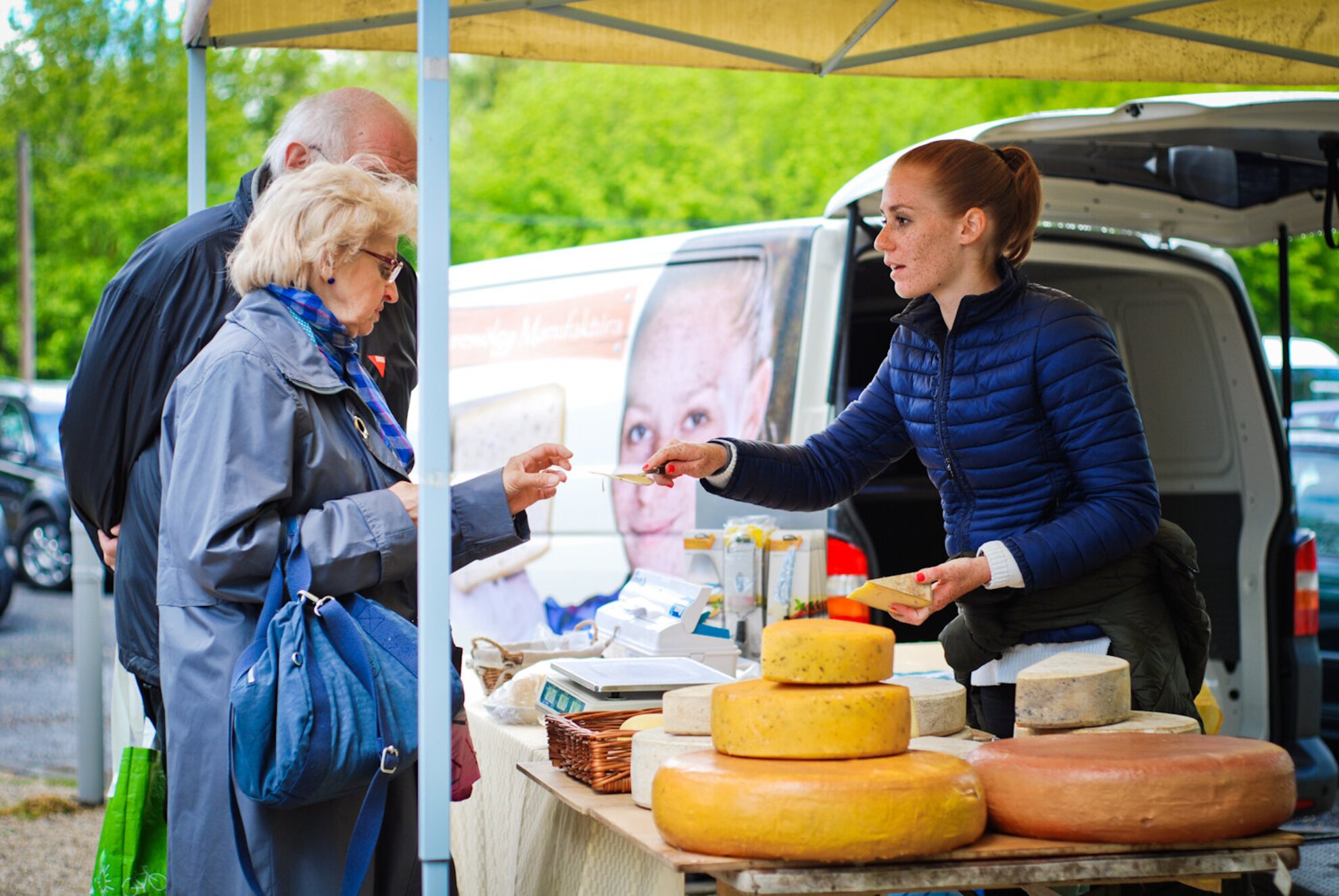
Back in the 80s Badacsony was super popular for hanging out on warm summer evenings, but the town has since lost some of its charm despite local efforts to boost regional tourism. Owners of the legendary establishment KisHableány Zsófi and Bence Laposa opened the terrace of the restaurant earlier this year, but they are planning on eventually renovating the entire building, which could take a while due to the eatery’s considerable size. The restaurant would remain the site’s main feature during summertime, but if they could establish an events center, they would definitely have a reason for staying open all year long.
Bence Laposa, who also happens to be a local government representative in Badacsonytomaj, has several plans for Badacsony. The town leaders would renew the area below the main road, the entrance of the beach and another iconic location, the surroundings of Tátika Castle. Support is still strong for the much anticipated Badacsony-Fonyód ferry, a project for which the government allocated 2 billion forints in its recent decision.
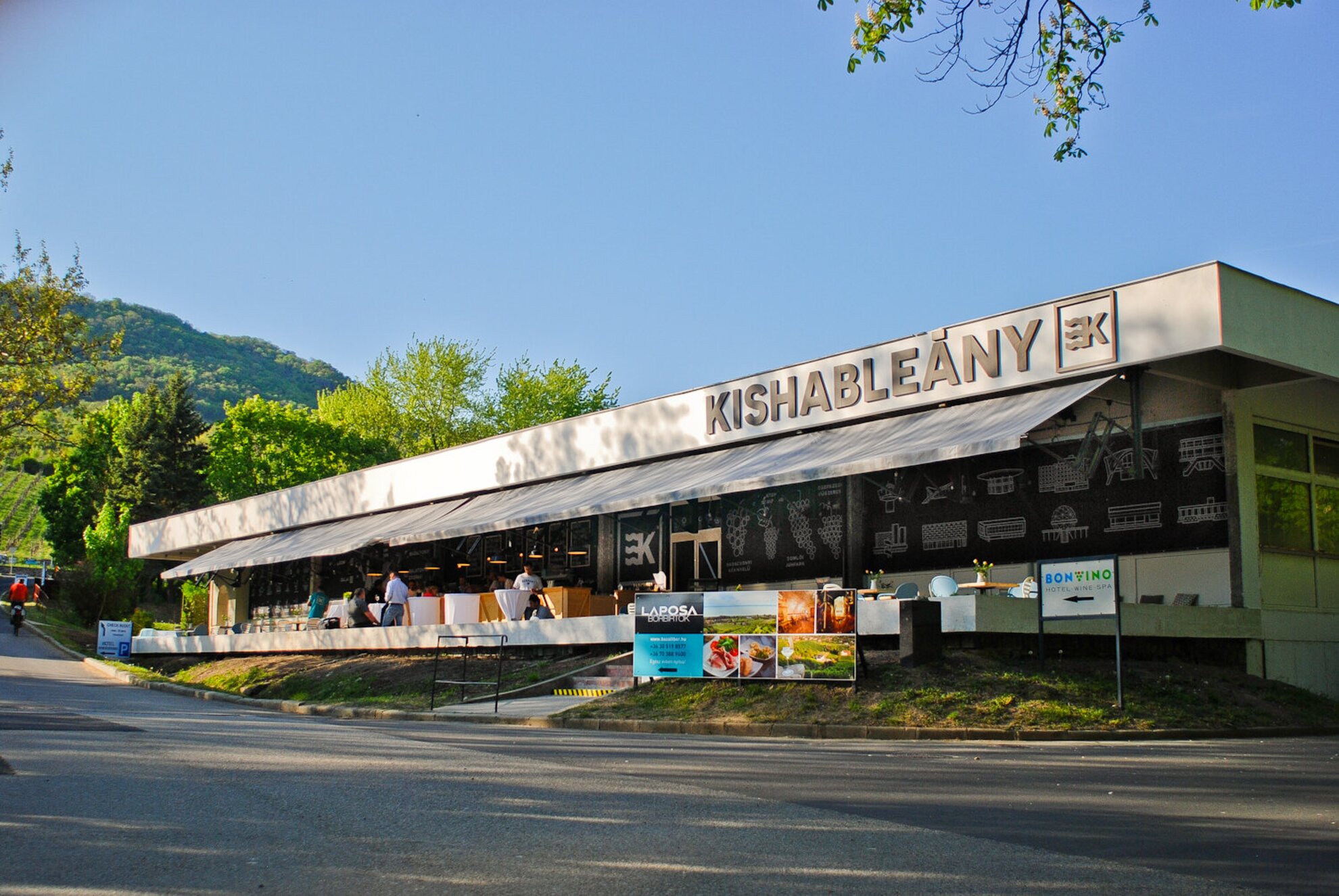
“Tourists want unique experiences they can be an active part of,” Endre Szászi, the owner of Szászi Cellar in Hegymagas told us. He says he’d use the subsidy to promote wine tourism on the south side of Szent György Hill, adding that there’s a growing demand for great hotels and guesthouses – not only are people interested in the wines themselves, they also wish to take a peek behind the scenes of the organic vineyard, and get acquainted with the everyday operations of rural life, viticulture and winemaking on the Balaton Uplands. Local businesses would very much like to tap into this kind of enthusiasm.
